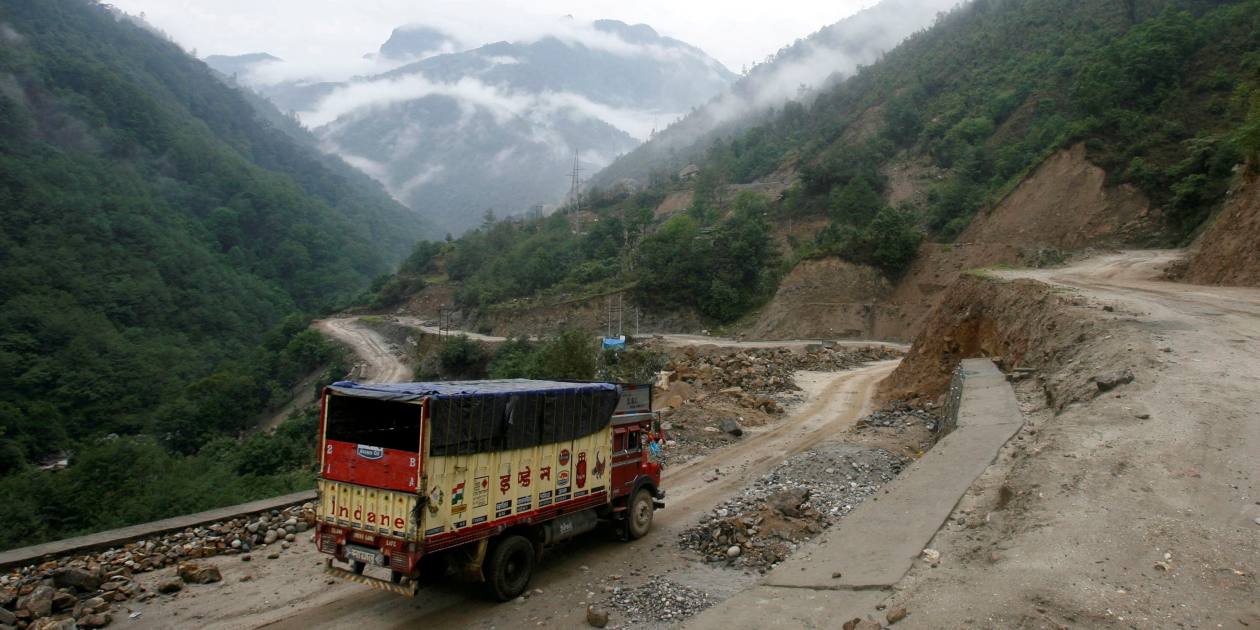- cross-posted to:
- world@lemmy.world
- cross-posted to:
- world@lemmy.world
Following the fall of the Qing Dynasty (and the ensuing Kuomintang government led by Sun Yat-sen and then Chiang Kai-shek), Tibet separated from China (an de facto independence which was never recognized by either China, Britain, or India) and began negotiations with the British to demarcate the line separating Tibet from India. In an effort to gain de jure recognition of the Tibetan state, Tibet gave up Arunachal Pradesh (among other territories) to the British. China at the time has bigger issues to worry about (internal turmoil from regime change, the Japanese threat, and then the civil war that saw the formation of the PRC), and while it never recognized British-Tibetan negotiations it took no action against it. In 1949, the PRC officially supplants the ROC and by 1950, Mao Zedong annexes Tibet with less than 300 total casualties from both sides.
The British negotiated with a government they didn’t recognize to take territory away from a government they did. Sounds familiar? Maybe it’s understandable, since Britain had more pressing concerns in Europe at the time.
Sounds like more shooting between Chinese and Indian soldiers with little to show for it.
This is the best summary I could come up with:
“We strongly oppose any unilateral attempts to advance territorial claims by incursions or encroachments, military or civilian, across the Line of Actual Control,” Vedant Patel, the U.S. State Department’s principal deputy spokesperson, told reporters in Washington late on Wednesday, when asked about China’s stance.
“Delimitation of the China-India boundary has never been completed,” Foreign Ministry spokesperson Lin Jian told reporters.
Tensions rose this month after Indian Prime Minister Narendra Modi visited Arunachal Pradesh on March 9, as he prepares to seek a third term in a general election beginning April 19 and running until early June.
Modi inaugurated a $100 million tunnel project that is expected to provide “all-weather” connectivity to the strategic Tawang region of the remote state, helping India shore up defense along the 3,500-kilometer de facto border with China known as the Line of Actual Control, or LAC.
China, which regularly takes exception when Indian leaders visit the region, issued a statement “strongly deploring and firmly opposing” Modi’s trip.
They have also been locked in a border standoff in the eastern Ladakh region since 2020, when a deadly hand-to-hand clash broke out between their troops.
The original article contains 402 words, the summary contains 188 words. Saved 53%. I’m a bot and I’m open source!


